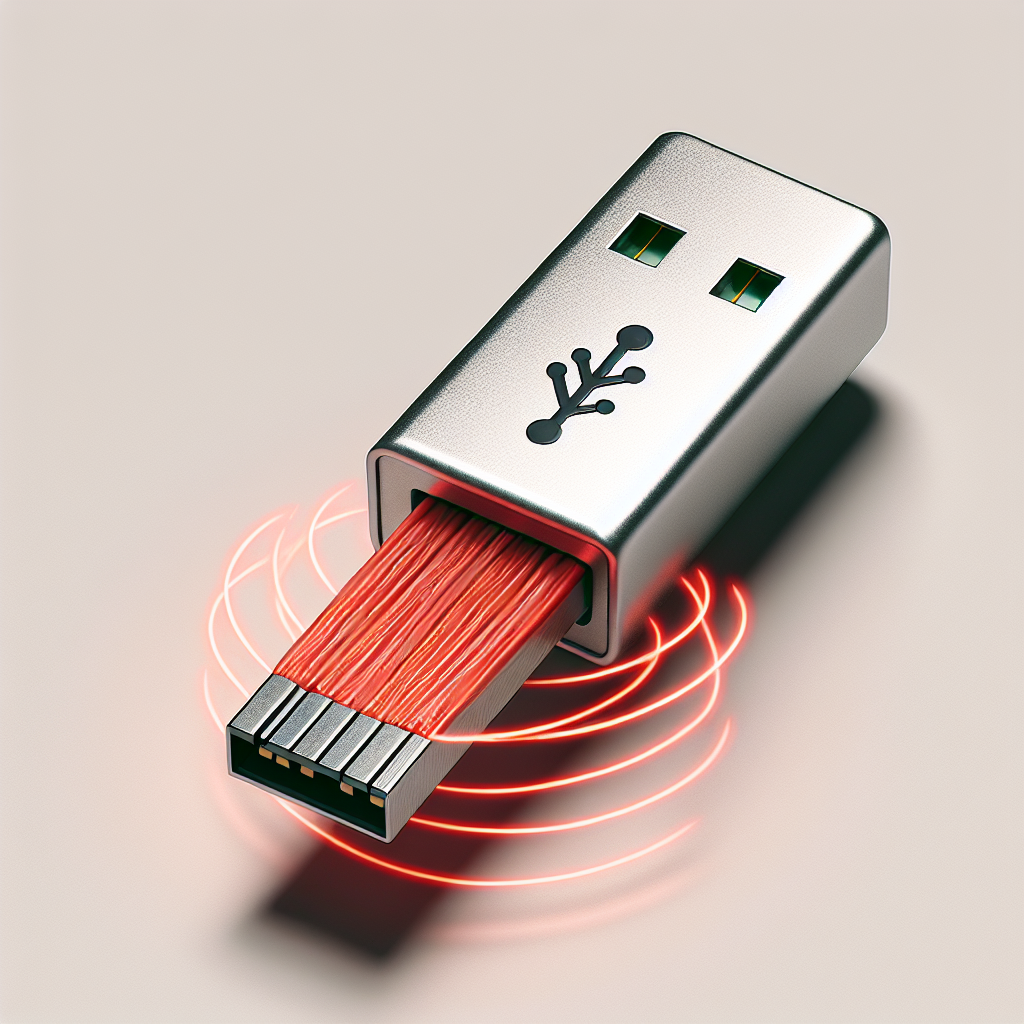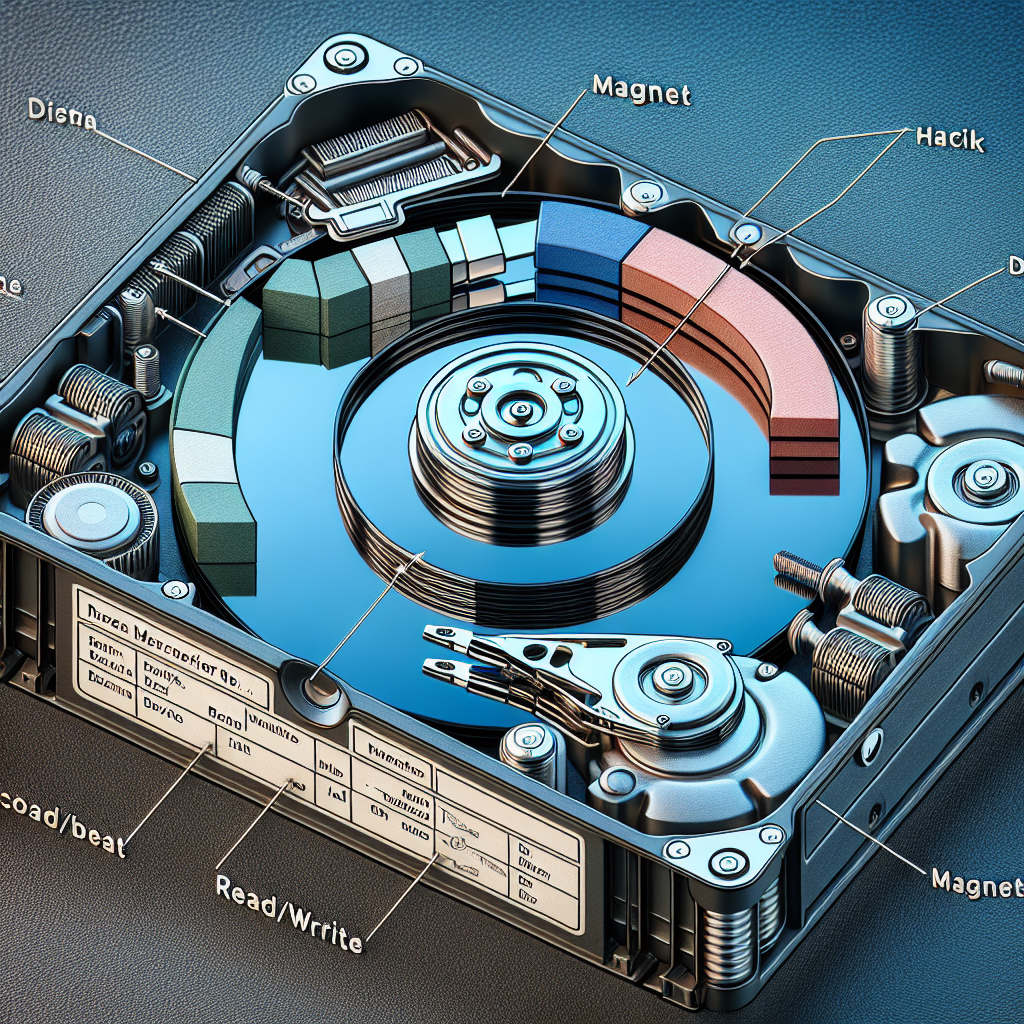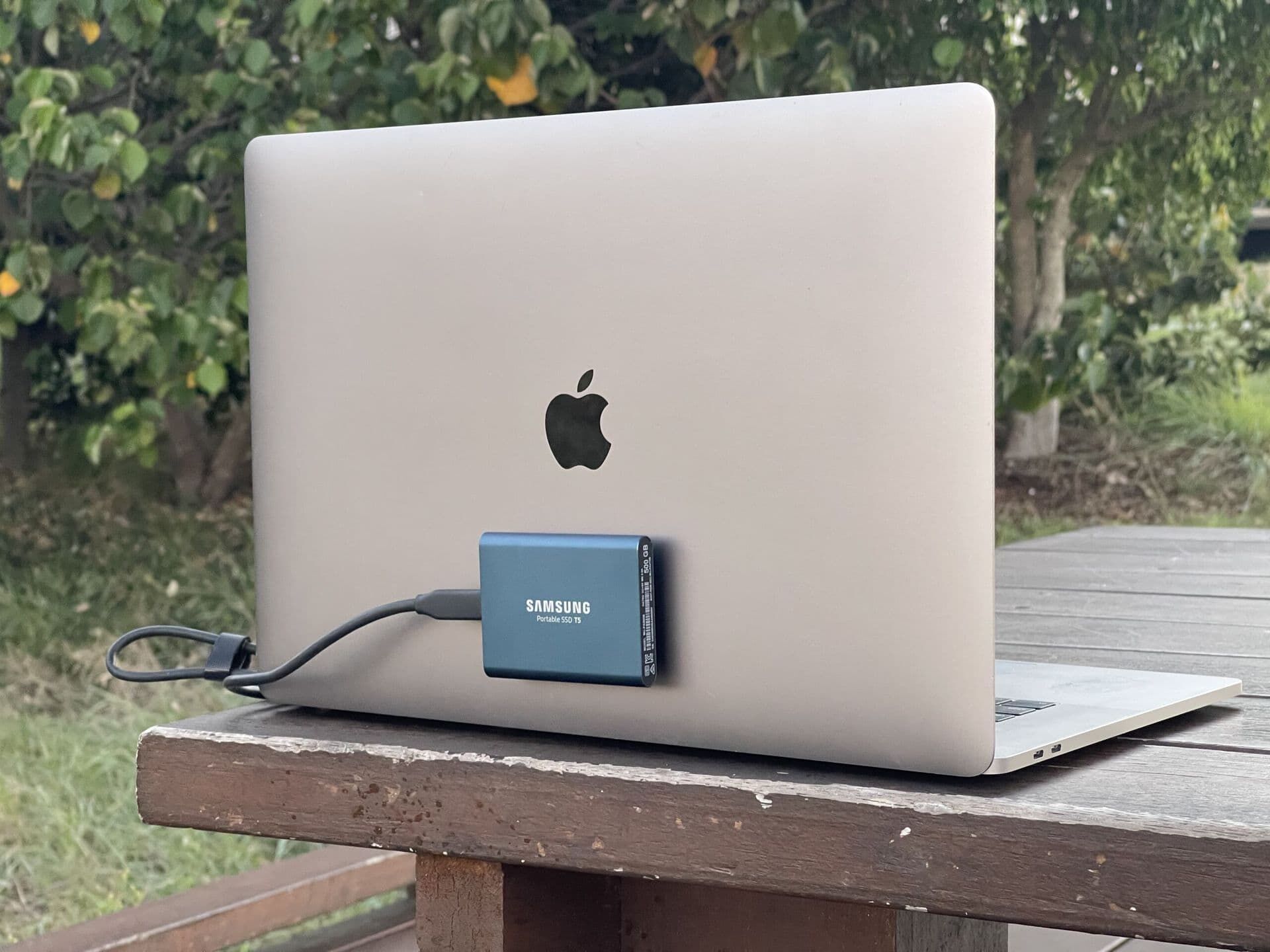The Hidden Influence of Magnets in USB and Hard Disk Technologies
When considering USB flash drives, portable hard disks, and Solid-State Drives (SSDs), magnets may not immediately come to mind. Nevertheless, magnets play a crucial role in the functionality of these data storage devices. This article delves into the essential role and operational principles of magnets, examining the necessity and various types and configurations of magnets used, aiming to provide a comprehensive overview for technology enthusiasts and professionals.
Use of Magnets in USB Flash Drives
Magnets are not used for data storage in USB flash drives. Instead, magnetic clasps may be incorporated into the device's casing to enable the drive to securely click into place when inserted into a USB port. These magnets must be carefully designed to provide enough magnetic force to hold the USB drive in place, while being weak enough to prevent any damage to nearby sensitive electronic devices..

For conventional Hard Disk Drives (HDDs), magnets serve as the foundation for data recording. They harness the magnetic field produced by magnets to regulate the motion of the read-write head, enabling the encoding of data bits on the disk surface. This magnetic material empowers the read-write head to accurately read and write data on the rotating platters of the hard drive.

In Solid State Drives (SSDs), while they don't rely on moving read-write heads, some SSD types, such as Magneto-Resistive Random Access Memory (MRAM) SSDs, still incorporate magnets. MRAM utilizes magnet characteristics to store data, providing a persistent data storage solution that retains data without requiring electricity.

Purpose of Using Magnets
Magnets are utilized in devices to generate magnetic fields for operating internal mechanical components without direct contact. This minimizes wear and tear, prolonging the device's lifespan. Furthermore, magnets are employed to enhance data access speeds, particularly in HDDs. By using magnets, the read-write head can quickly and precisely position itself on the data tracks, improving the speed of data reading and writing.
Varieties and Configurations of Magnets
Bar or horseshoe-shaped magnets are often employed in HDDs and are meticulously positioned near the read-write head. Conversely, in SSDs, especially in MRAM, magnets exhibit more intricate shapes, usually manifesting as multi-layer films. These magnets produce distinct magnetic field patterns to manage the electron flow direction, thereby encoding and retrieving data.
In summary:
Magnets are often overlooked but play a significant role in enhancing the performance and reliability of our essential data storage devices. Their applications range from ensuring proper installation of USB drives to precisely controlling the movement of hard disk read-write heads, and enabling persistent data storage in MRAM after the power is turned off. As storage technologies continue to advance, magnets and their magnetic fields are expected to play an even more substantial role in future device designs.




